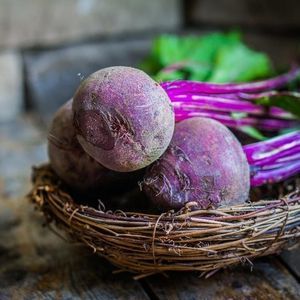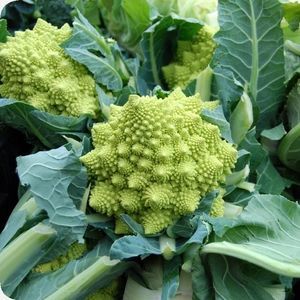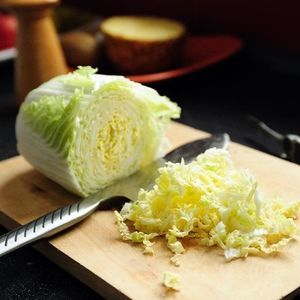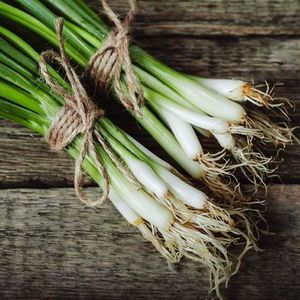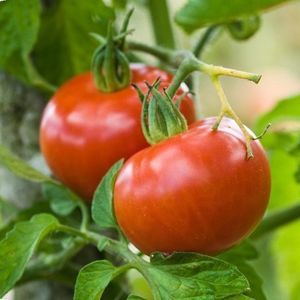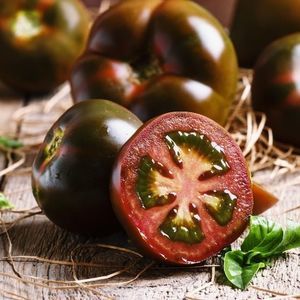
- Seeds and crop inputs
- Seed & plant
- Biological parsley seed
- MSL GmbH & Co. KG
Early parsley seed 15316biennialbiological
Add to favorites
Compare this product
Characteristics
- Maturity
- early
- Availability
- biennial
- Other characteristics
- biological
Description
Moss Curled Parsley is a biennial cultivated plant. With ideal local conditions it can also be perennial, but in that case it can’t be used as a spice plant anymore since after blooming the second year it will develop only few leaves that also contain too much toxic apiol. Moss Curled Parsley is an ingredient for the famous German Green Sauce.
Natural location: Growing wild, Parsley originated in the Mediterranean region.
In the kitchen: Moss Curled Parsley in the garden is best harvested early in mid-morning with the morning dew gone, as this is the time when the herbs are most aromatic. Only pick as much Parsley as you actually need at the time since the leaves don’t last for long. Cut the stems close to the bottom rather than just plucking the leaves. Never cut off the heartleaf at the thicker stem, as without the heartleaf the plant will die off. Beware: the seeds and flowers of the plant are inedible and even considered to be poisonous. After blooming also the leaves aren’t good to eat anymore. Parsley is suited for potatoes, vegetables, soups, sauces and dressings. In the Turkish cuisine almost all cold dishes and roasted meat are garnished with Parsley. Along with mint and wheat semolina, it is also the main ingredient for Lebanese Taboulé Salad. You can also make a soup out of Parsley by cooking the herb in a vegetable stock and puréeing. It is best to use Parsley always fresh cut and add it only at the end of the cooking process to the dish, as Parsley looses its aromatic flavour and the healthy substances when it is cooked.
Catalogs
Related Searches
*Prices are pre-tax. They exclude delivery charges and customs duties and do not include additional charges for installation or activation options. Prices are indicative only and may vary by country, with changes to the cost of raw materials and exchange rates.









